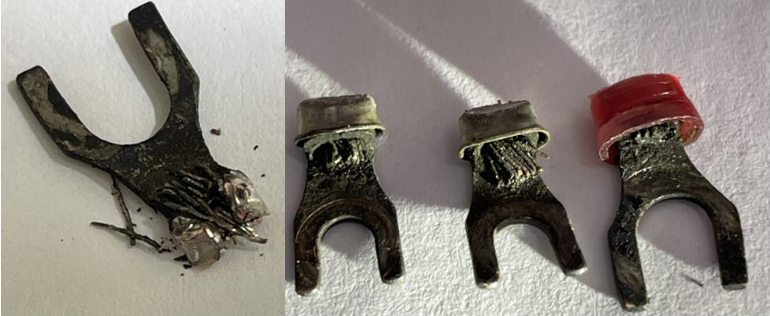
With aircraft finding themselves on all corners of the earth, there are always concerns surrounding fuel quality when outsourcing from an unknown supplier. And with that, one immediately thinks of bacterial growth and possible corrosion within the aircraft fuel tanks caused by water ingress. For a comprehensive understanding of this issue, refer to the Duncan Intelligence article titled Fuel System Contamination & Starvation.
But along with the fuel tank storage issues, fuel quantity issues can also arise.
In capacitance fuel quantity systems, suspended water droplets clinging to a fuel probe can wreak havoc on fuel gaging. Remember, fuel calibration is tailored to a specific fuel dielectric. Water, being conductive, can significantly reduce the dielectric value of the probes, sometimes to near zero.
Additionally, fuel quality issues can lead to the gradual degradation of fuel probe wire terminal ends. While initial assessments may suggest that burnishing the spade contact area is adequate, closer examination can reveal corrosion in the wire-crimp connection on the termination lug. Any resistance within this low potential system can result in erratic gauge readings, highlighting the critical importance of maintaining integrity throughout the fuel probe circuitry.
The Falcon Manufacturing Procedures for Wiring manual, page 835 has specific instructions for re-terminating the fuel tank probe wires.
December 2025
December 2025
October 2025
September 2025
August 2025